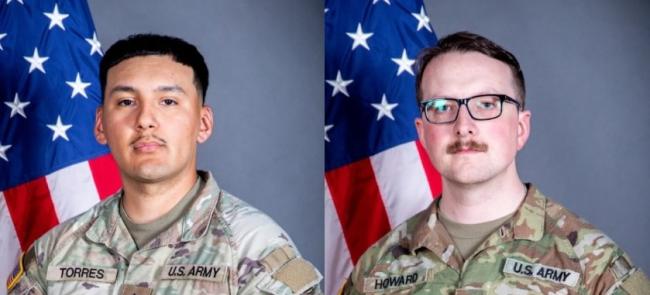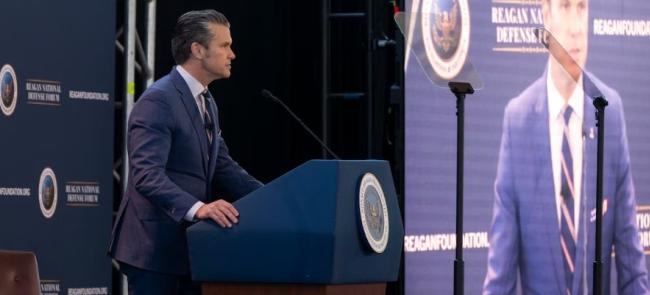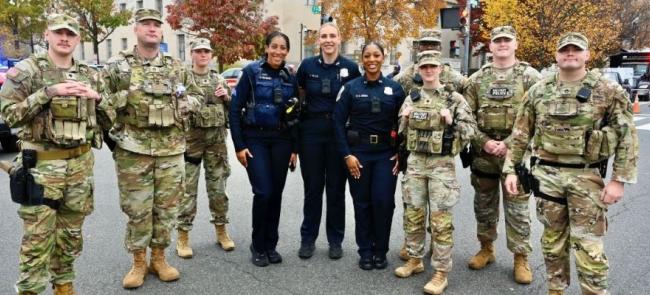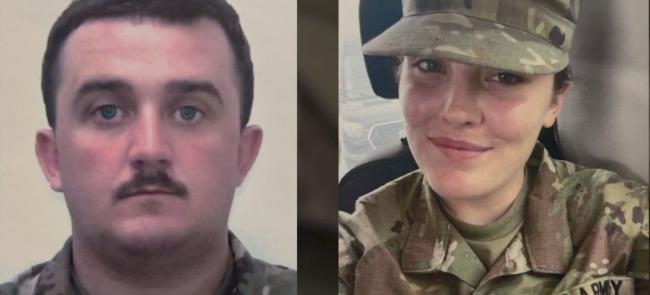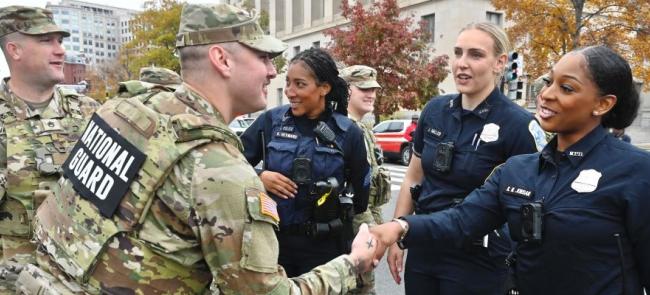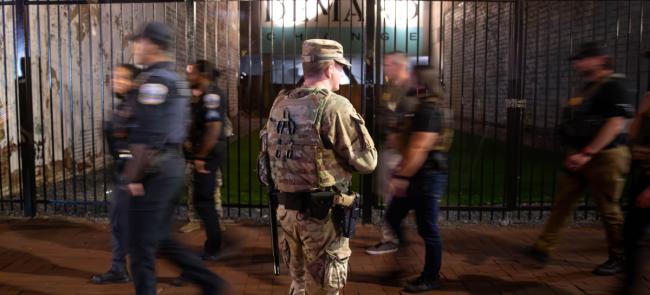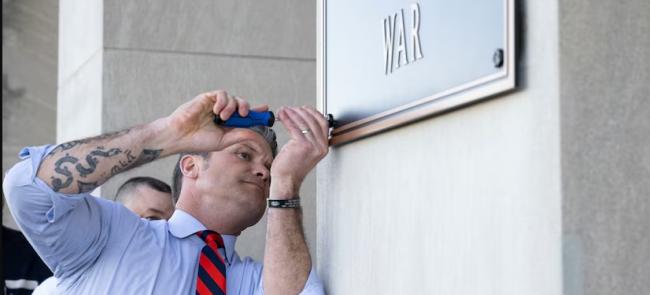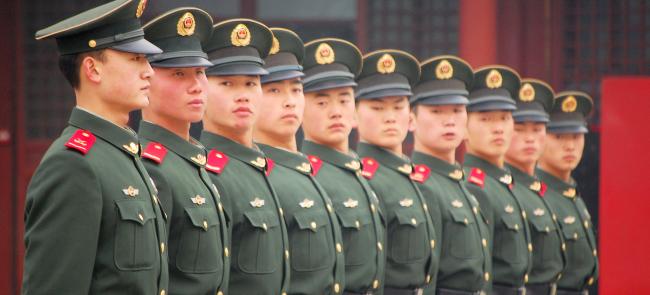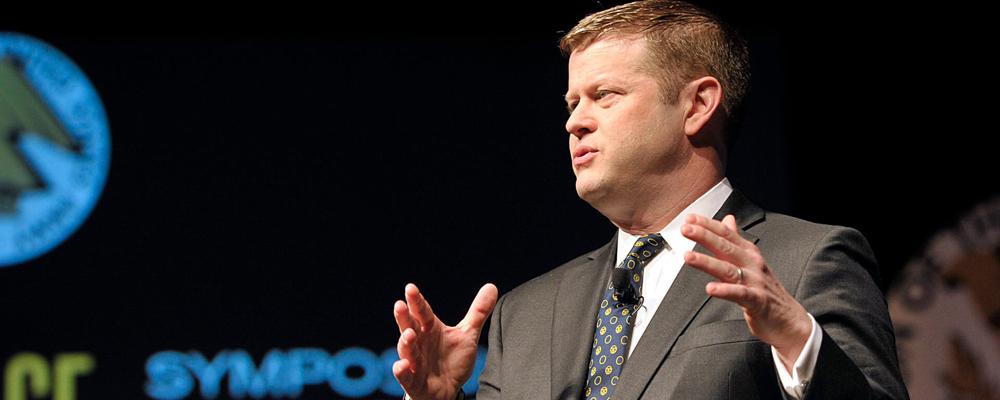
Army Secretary Ryan McCarthy and Gen. James McConville, the Army chief of staff, highlighted how the Army is changing in remarks Monday at the Association of the United States Army Annual Meeting in Washington, D.C.
The two leaders spoke of current threats and the shift to multi-domain fights that include both space and cyberspace.
McCarthy said the Army has also drastically cut its requirements timelines from up to seven years to now just 18 months or less, which has gotten newer equipment out quicker, like the Integrated Visual Augmentation System currently being tested by soldiers.
McCarthy said the changes are necessary because U.S. overmatch is eroding.
"Our adversaries are investing in tomorrow today, unconstrained by a continuing resolution and singularly focused on shifting the current balance of power," he said.
When asked about the National Guard’s role in upcoming exercises in both Europe and Asia, McConville stated Guardsmen will not only take part in the exercises, but will also participate in the mobilization process to train for real wartime deployments.
“The National Guard is an extremely important part of everything we do, so as I talk about dynamic force employment, the term I use first is mobilization. Our National Guard and our Reserve are more than 53% of our Total Force so when we go somewhere we aren’t going without the National Guard,” McConville said while speaking to reporters. “We have to practice that piece too, about mobilizing them, deploying them and we anticipate on these exercises the unit that’s involved in the rotation will actually do that. They’ll get a chance to mobilize, they’ll deploy.”
The chief of staff also said he is working with the National Guard Bureau to examine the Guard’s current operation tempo and make adjustments. Specifically, McConville said his team is examining a change to the current ratios for some units of four years of dwell for every one year deployed.
“I’m not going to promise one to five, but that’s what we think is the sweet spot of deployments for the National Guard,” he said.

